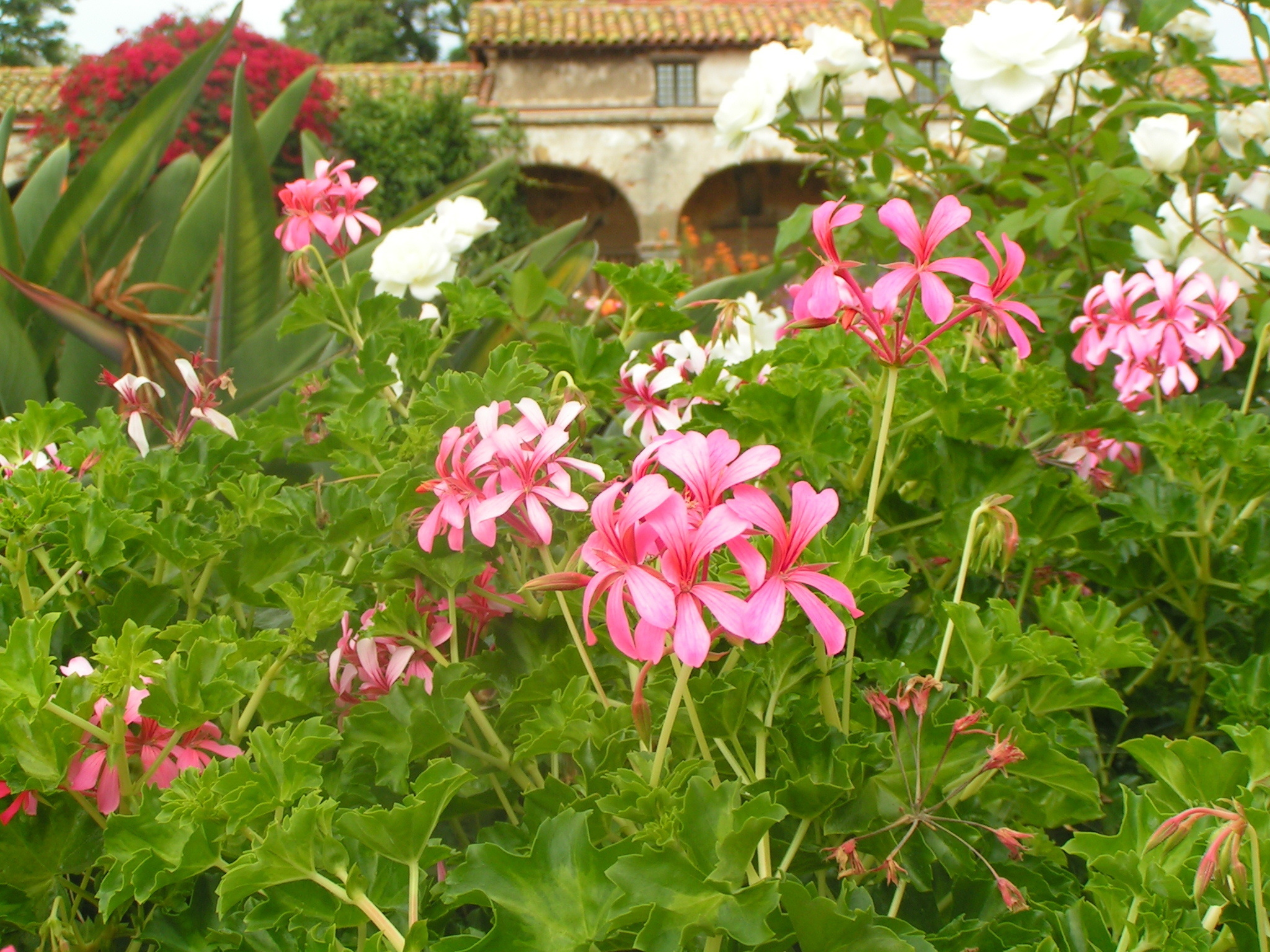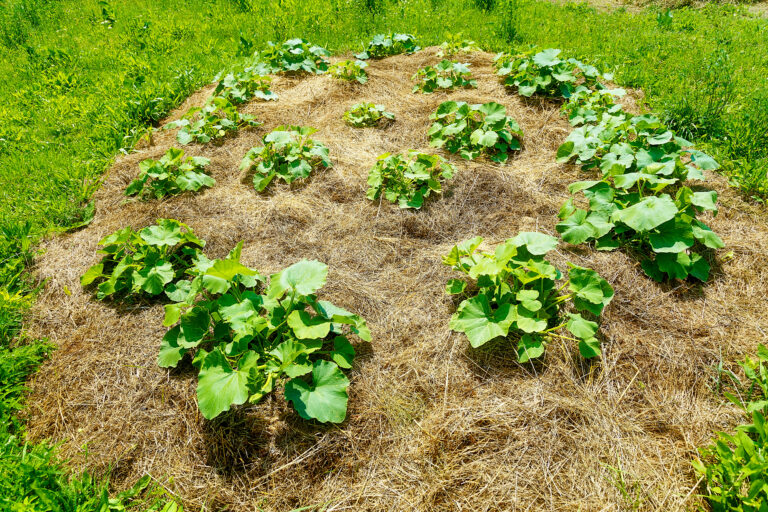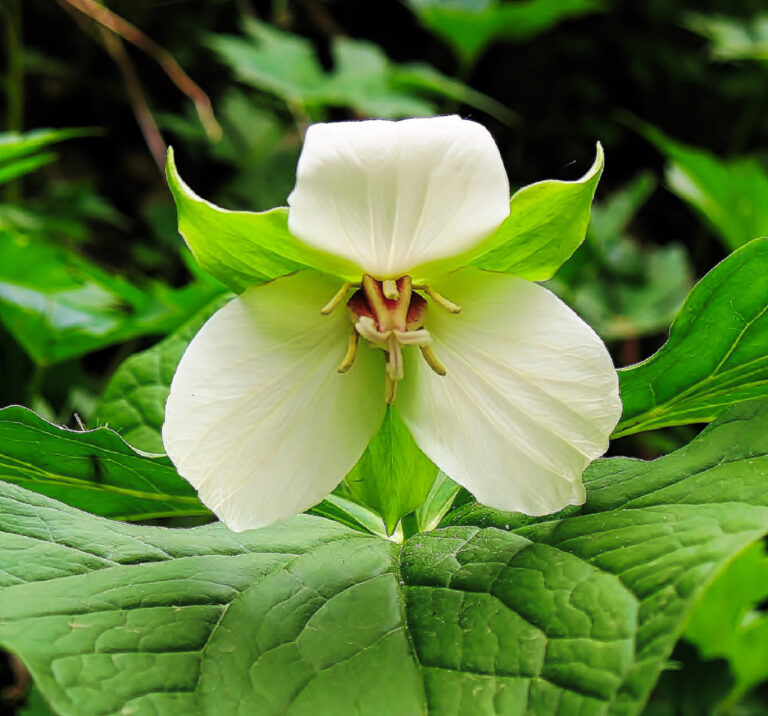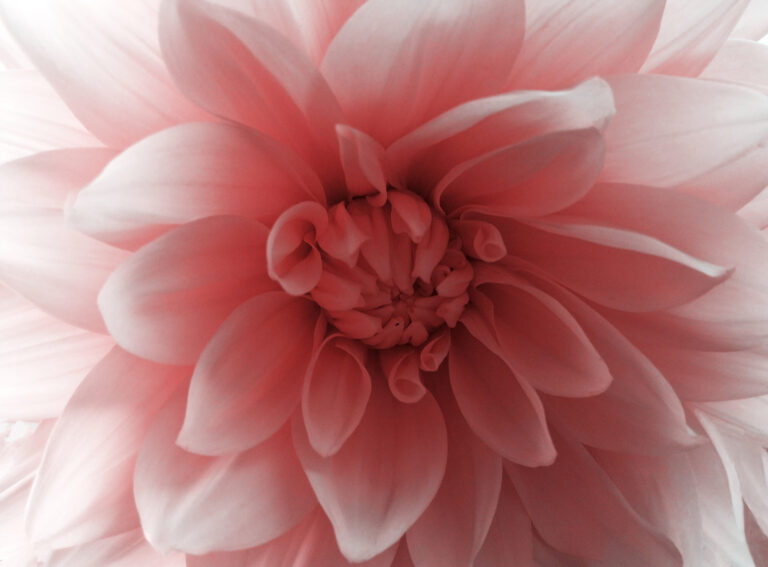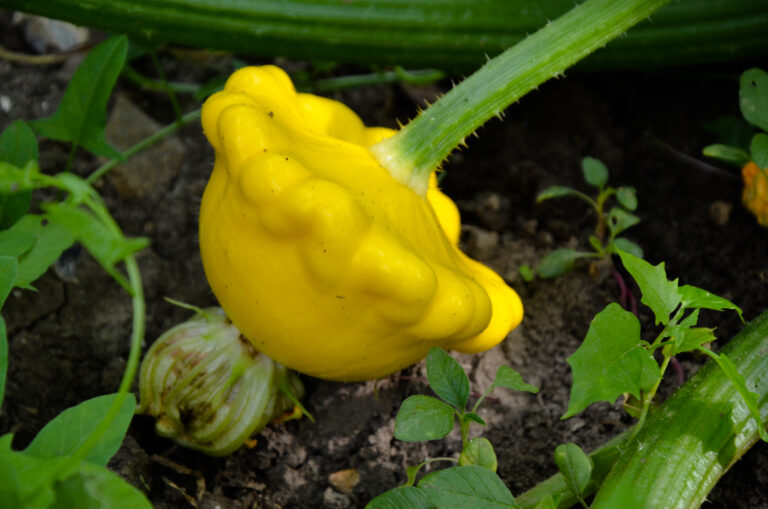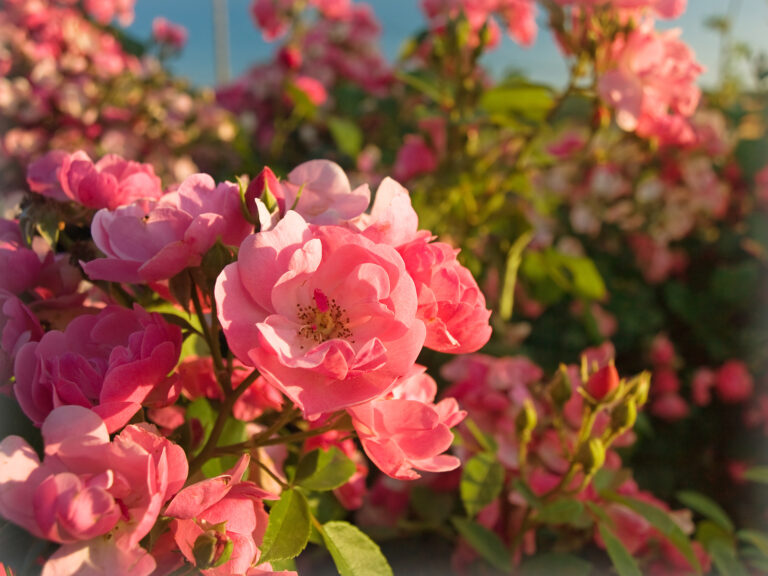California Gardening
Gardening in California calls for finesse. California has four of the five major climate zones found in the world—Mediterranean, semi-arid, desert, and alpine. The fifth major climate zone is tropical—and parts of Southern California come close being semi-tropical.
Parts of California are desert hot and dry while other parts are forested cool and wet. The California coast varies from sunny and warm in the south to cool and foggy in the north. While much of California is at or near sea level, the eastern mountain ranges include some of the highest peaks in the United States.
California can be broadly divided into three gardening regions: arid, mountainous, and cool coastal. Here are gardening tips for each of these regions:
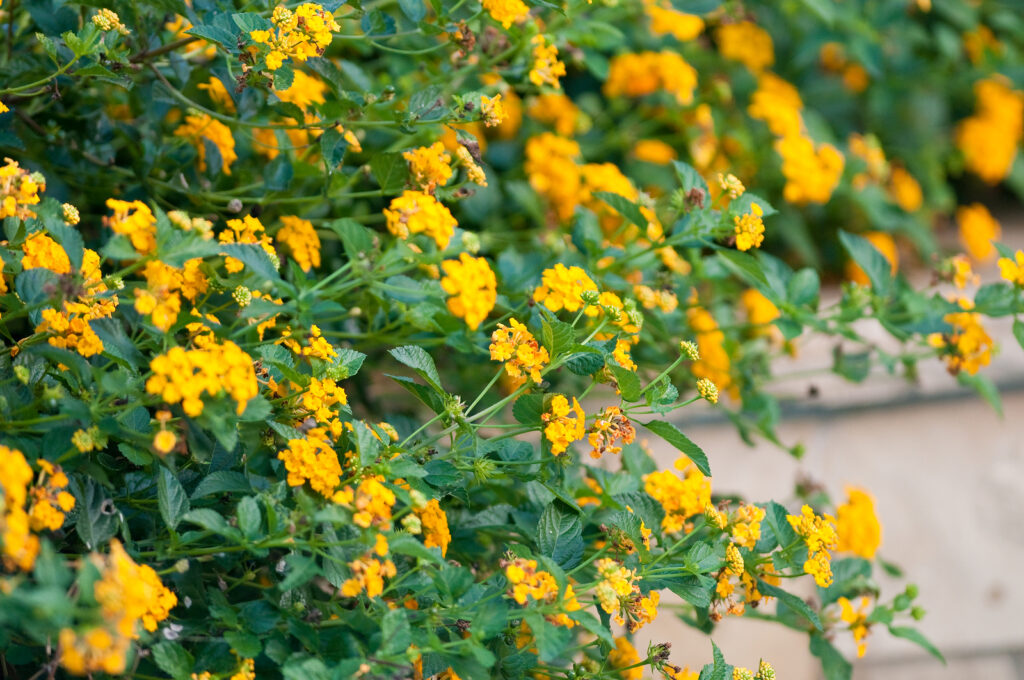
Gardening in arid California
Choose drought-tolerant plants. A nearby garden center can provide you with a list of plants that require minimal water.
- Group plants according to water needs. Plants with high water needs should be situated in the shadows of the house, wall, fences, hedges, and trees. Here soil moisture evaporation will be less than full sun situations.
- Improve the soil. Add aged compost or commercial organic planting mix to planting beds. In regions where there is little annual rainfall, soil tends to be alkaline. Organic amendments will lower the soil pH.
- Consider salt-tolerant plants. Regions where there is low rainfall often have higher soil salt content. Gardens near the ocean are susceptible to salt spray buildup. A nearby garden center or the Cooperative Extension Service can provide you with a list of salt-tolerant plants.
- Install an irrigation system. A drip-irrigation system will deliver water directly to each plant in the garden. An irrigation timer system can water lawns in the cool time of the day to avoid water evaporation.
- Mulch. Mulch of aged compost, chopped leaves, wood chips, and gravel slow soil moisture evaporation and keep down weeds; weeds steal moisture and nutrients from garden plants.
- Create shade. Position trees to the south and west of the property to provide shade in the afternoon. Trees that cast dappled light include acacia, palo verde, and desert willow.
- Choose plants that perform well in arid conditions; these include agapanthus, bougainvillea, California poppy, fuchsia, gazania, lantana, oleander, ranunculus, santolina, and wisteria.
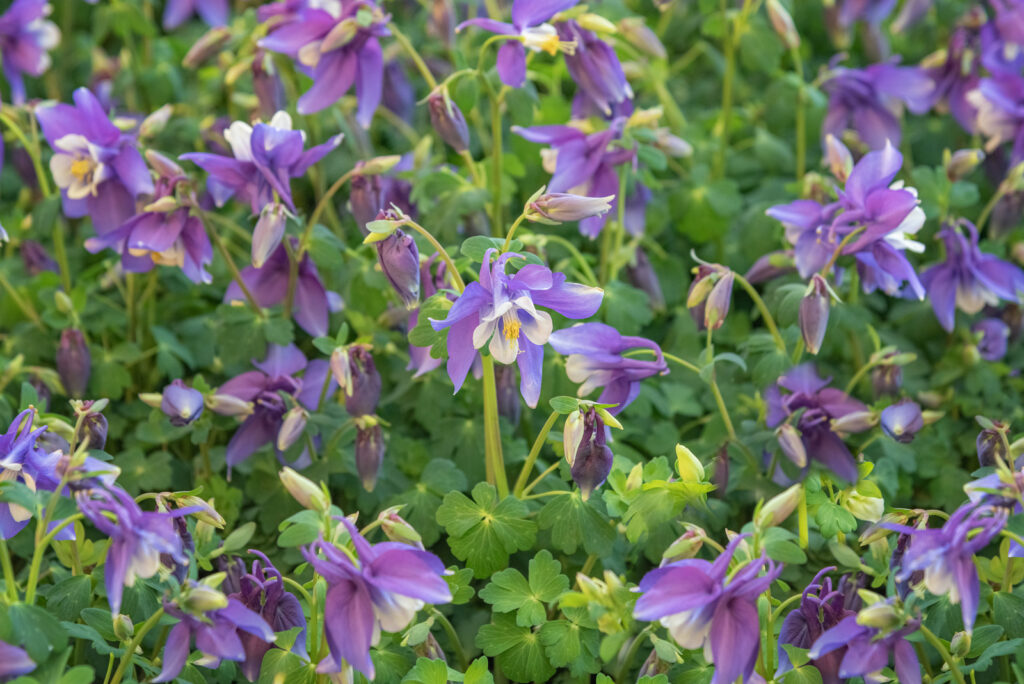
Gardening in mountainous California
Choose plants that can survive snow and cold winters and plants that can withstand the bright light that falls on mountainous regions. A nearby garden center can provide you with a list of plants that will perform well in your area.
- Know the frost and freeze dates for your area. The growing season is determined by the number of days between the last frost in spring and the first frost in autumn. Know the average date of each. The days in between you can grow warm-season annuals.
- Choose perennials and shrubs that thrive in cooler temperatures and can survive freezing weather. Here are some plants suited for mountainous regions: gaillardia, California poppy, cinquefoil, cosmos, gazania, larkspur, lupine, Oriental poppies, pansy, annual poppies, santolina, Shasta daisy, and snapdragon.
- Choose plants that deer, rabbits, woodchucks, raccoons, and other wildlife are less likely to eat—or add an 8-foot deer fence. Deer-resistant plants include astilbe, columbine, coreopsis, foxglove, irises, lilac, purple coneflower, wisteria, and yarrow.
- Watch for plant sunburn. The sunlight is 20 percent brighter at 3,000 feet and higher than at sea level. Protect shade-loving plants with extra shade.
- Terrace your garden. If you live on a slope, you can prevent erosion and water runoff by creating terraces. Plant drought-tolerant plants at the top of a slope and moisture-loving plants at the bottom.
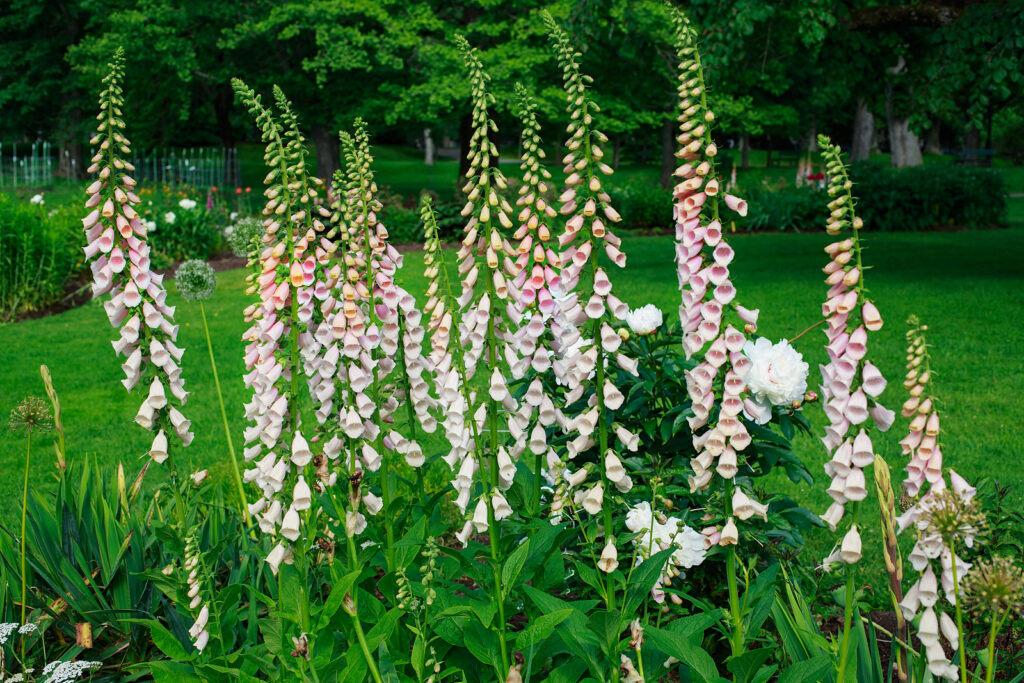
Gardening in cool, moist California
Choose flowers with low petal counts. Heavily petaled flowers tend to mildew and rot; the petals can not dry from heavy dew or rain. Choose single or double-flowered plants including roses. Rugosa or wild roses can grow in moist regions.
- Choose plants that are native to your area; they will be adapted to high moisture and cool temperatures. Visit a nearby garden center for a list of native plants to grow in your area.
- Plant cool-season annuals for color. If temperatures stay cool most of the year; you can plant cool-season annuals in summer.
- Keep the garden clean of plant debris. Dead foliage and other plant debris can harbor pests and diseases. Blight, molds, and mildews can thrive in dead plants; get them out of the garden.
- Slugs and snails thrive in cool, moist gardens. Remove debris from the garden where they can shelter. Hand-pick and destroy these pests; use wood ash as a barrier or use slug bait.
- Remove summer bulbs from the garden at the end of summer and store them in a dry shed or garage. Bulbs can easily rot in cool, damp soil. Dig and store them.

